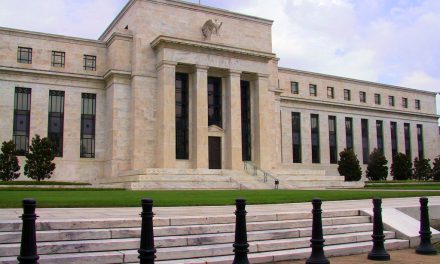Notorious NIMBYs have a new nemesis in the tug-of-war over Bay Area zoning.
The Bay Area Renters’ Federation (BARF) is a fledgling activist group, organically and locally grown, pushing for more building of all kinds in San Francisco’s inventory-starved market.
BARF, which identifies as a building-affirmative “YIMBY” group, aims with ironic reverse psychology of “Yes” to increase the amount of housing within reach for currently thwarted buyers and renters of all income tiers. BARF’s efforts to effect change take many forms, from a mailing list for coordination with fellow local zoning activists to lawsuits against specific developments in the Bay Area for building too little or too restrictively.
Naturally, BARF’s aggressive pro-building stance is controversial in reluctant San Francisco’s conservative voting population. However, the two-year-old group is only the latest in a litany of voices now screaming for housing solutions. City-imposed building moratoriums, rent control, rezoning and mandated building allocations have all attempted to resolve the Bay Area’s soaring prices and inaccessible housing inventory to little avail. BARF intends to be the ipecac that finally cures the Bay Area’s housing distress.
As the number of San Francisco residents able to sustain the average cost of living (a mere 11%) continually shrinks, Bay Area residents become increasingly nervous and are beginning to leave. Is BARF’s mission to build, build, build the best answer?
Building in the Bay Area
Building indiscriminately across all pricing tiers may seem like a logical solution at first glance. After all, San Francisco’s home price tiers from February 2015 to February 2016 increased:
- 13% for low-tier homes;
- 11% for mid-tier homes; and
- 9% for high-tier homes.
Adding inventory to each tier theoretically leads to universally increased availability and reduced prices. However, the amount of inventory needed to actually cause these changes is impossible to reach with the current zoning restrictions in place — especially since the Bay Area lags so far behind in meeting the housing goals needed to retain local employees and businesses. For example, San Jose aims to build 20,849 below-market housing units by 2022; yet only 576 such units broke ground from 2014-2016. Thus, before the elixir of increased building can take effect, the prescription for zoning needs to be written.
Bay Area inventory has only just begun to take a deep breath due to a slight decline in home sales volume, the result of disastrously unsustainable prices across all tiers. This meager recovery won’t last long — a brief respite from high prices in 2017 will rapidly disintegrate by 2019, thanks to current plush job growth and population influxes in the Bay Area, both housed and unhoused.
The five largest counties in northern California increased in population by an average 1.6% growth rate from 2013 to 2014. Inventory cannot possibly keep up with the rising population rate among the employed so long as zoning regulations severely hinder the pace and scope of new developments to house them in close proximity to where they work.
Thus, BARF’s stated objectives are most laudable, but they need to focus their sights (and talent) on loosening Bay Area zoning restrictions to effect the most positive change. All other avenues restrict housing available. Otherwise, members of BARF are destined to grow queasy waiting for their broad proposal to make any significance difference.
Tackling rezoning efforts
Real estate agents can help the battle against restrictive zoning which limits the rise of marketable housing by getting involved in community organizations such as BARF. They can also participate in events dedicated to effecting positive change — conservatives need not apply. California is flush with rezoning advocates working on all levels, from city planning employees to private groups seeking revisions in local zoning codes.
Agents engaged as providers of professional services in their community are able to better understand the needs of their clientele and offer guidance toward finding appropriately priced shelter for their clients’ budgets. These efforts also expose them to more frequent opportunities for networking and building their financial power base in the community — and marketing their professional services to a greater public.
Do you know of any upcoming local events regarding zoning change? Share them in first tuesday’s Real Estate Events forum!














